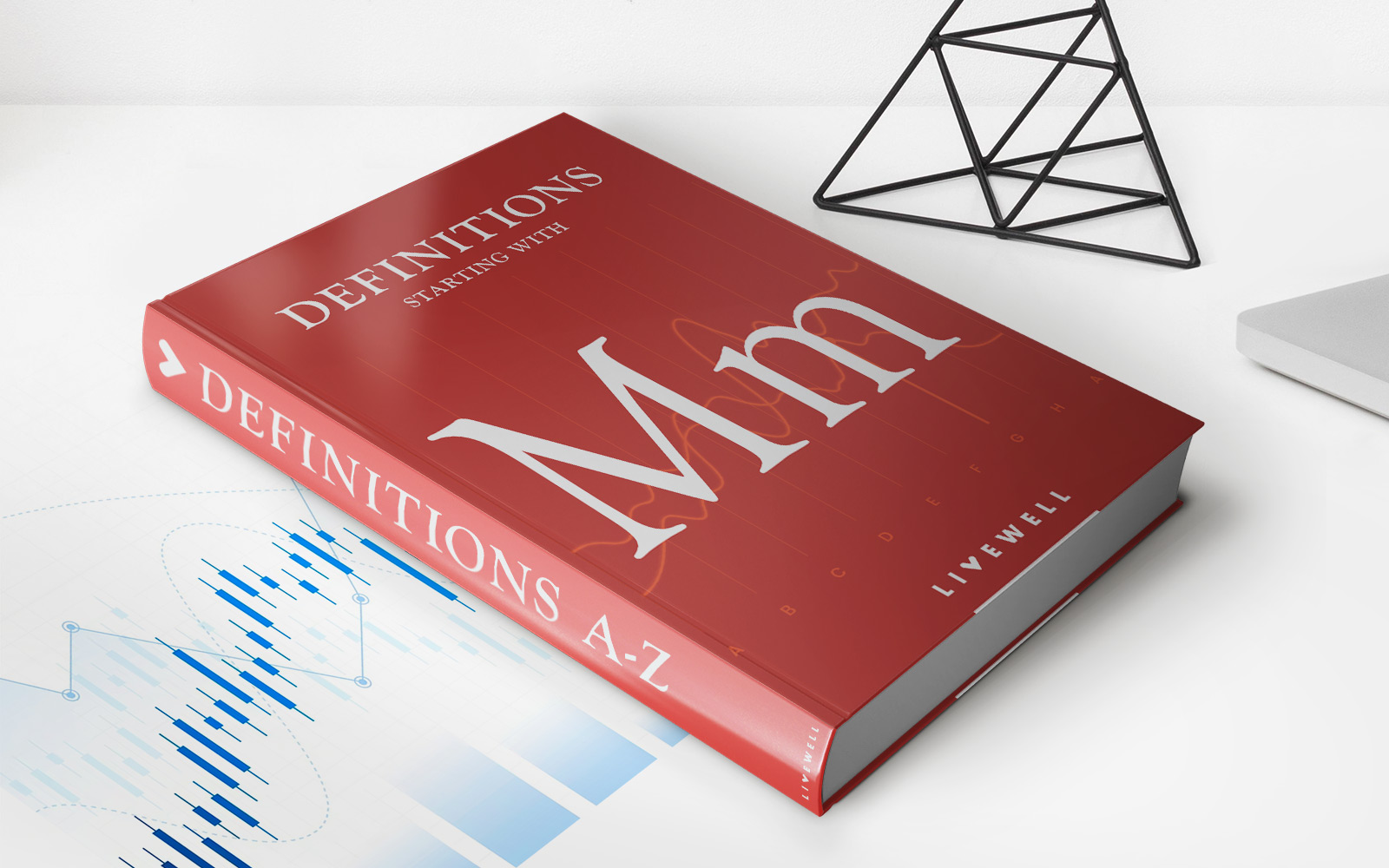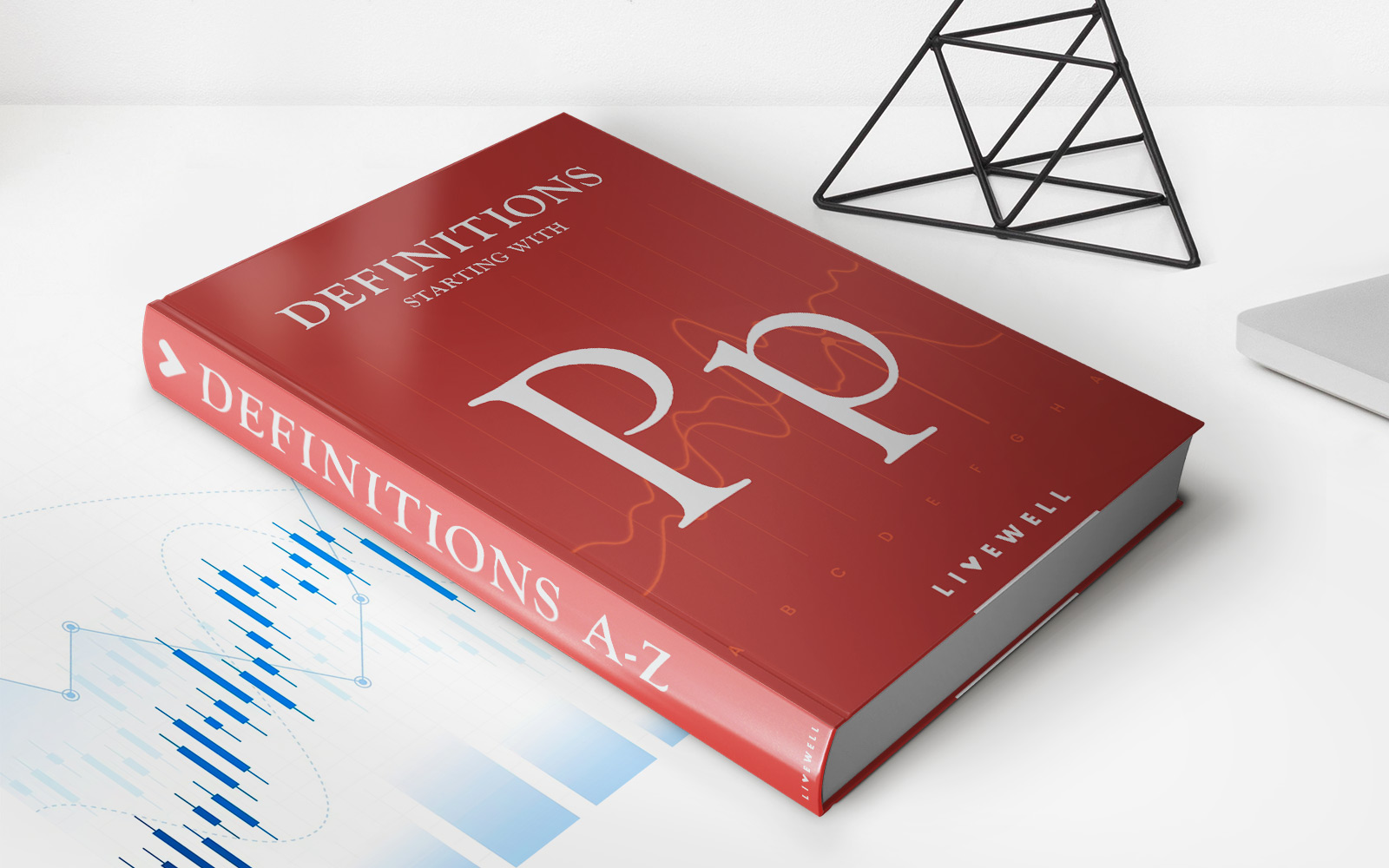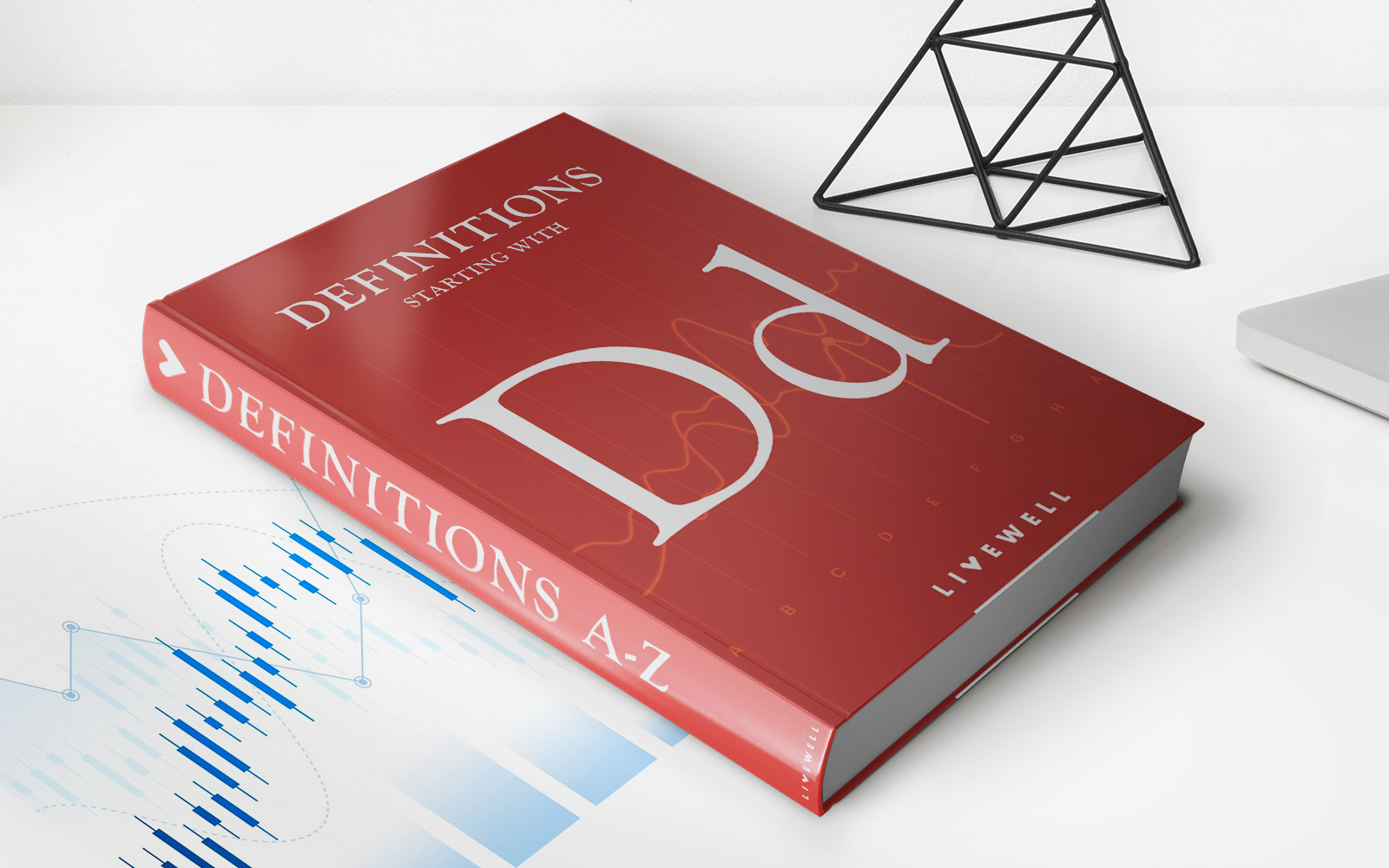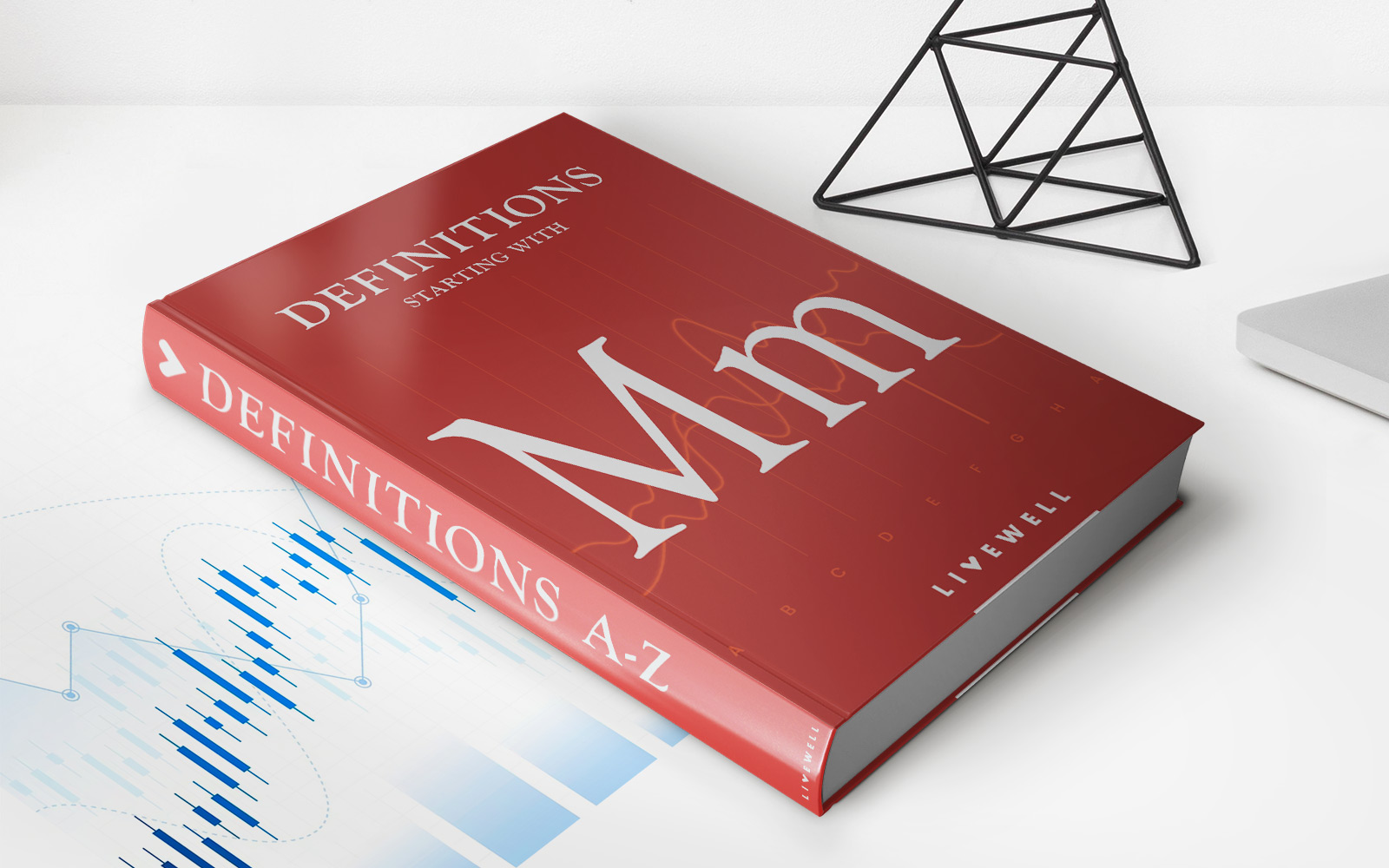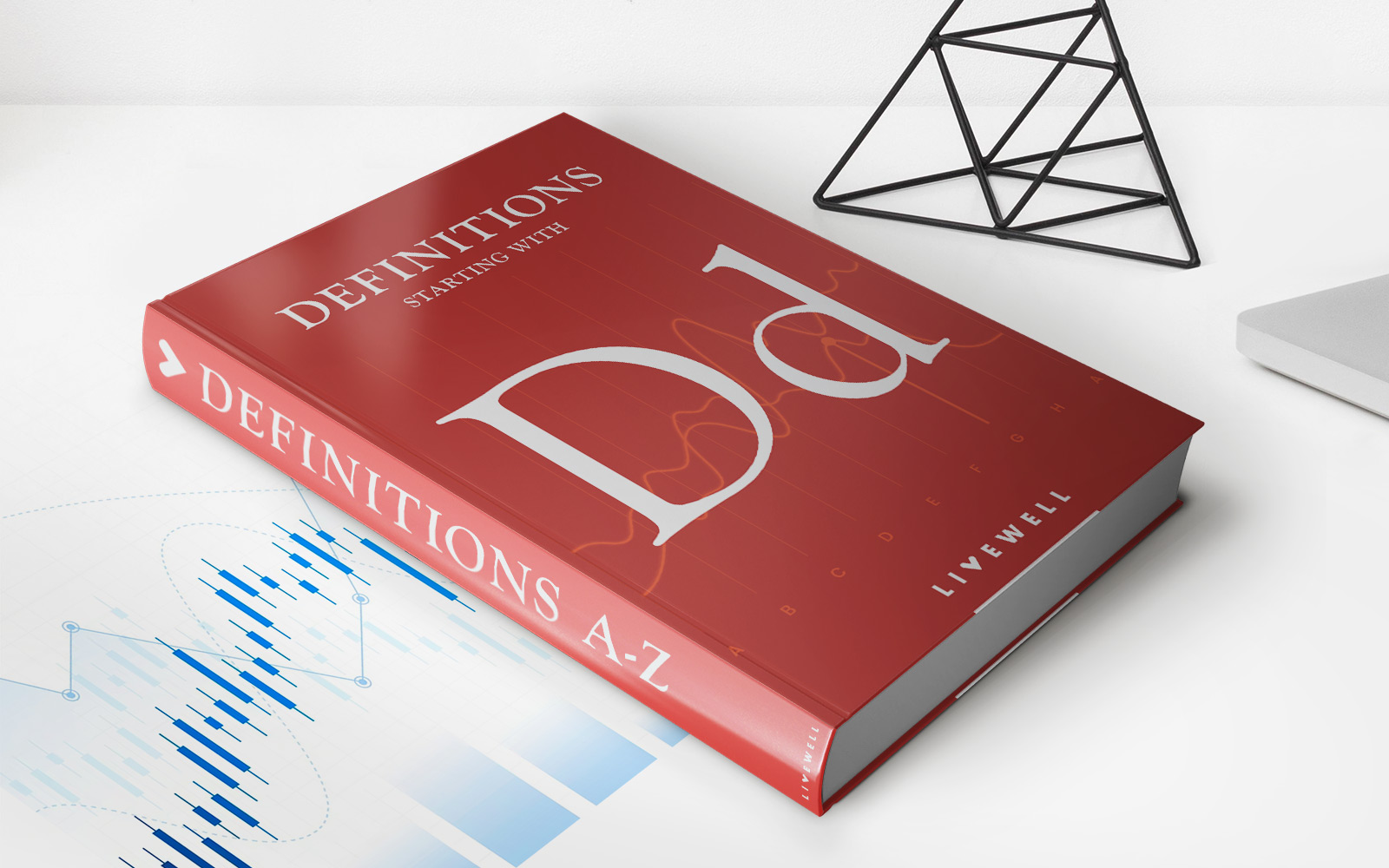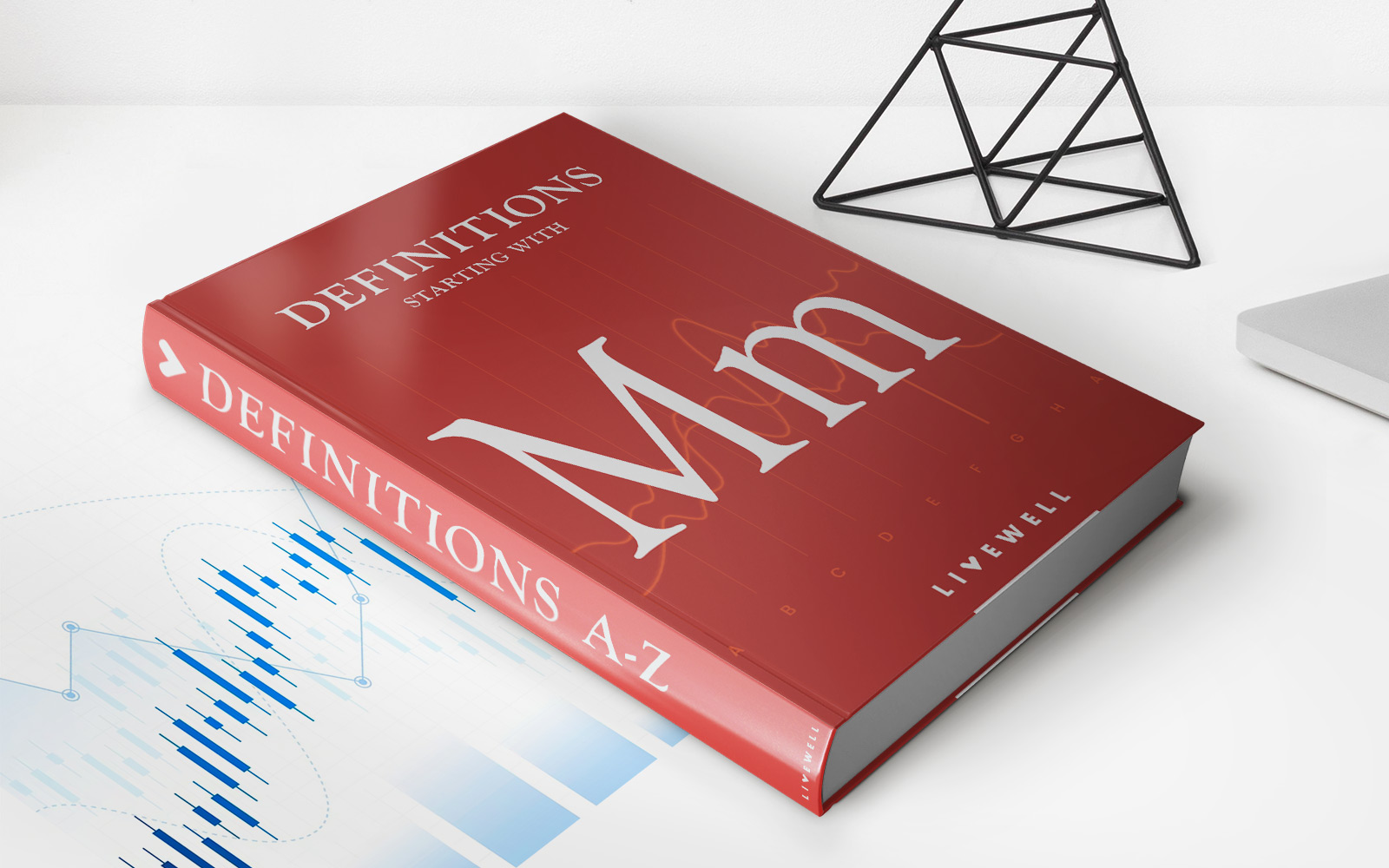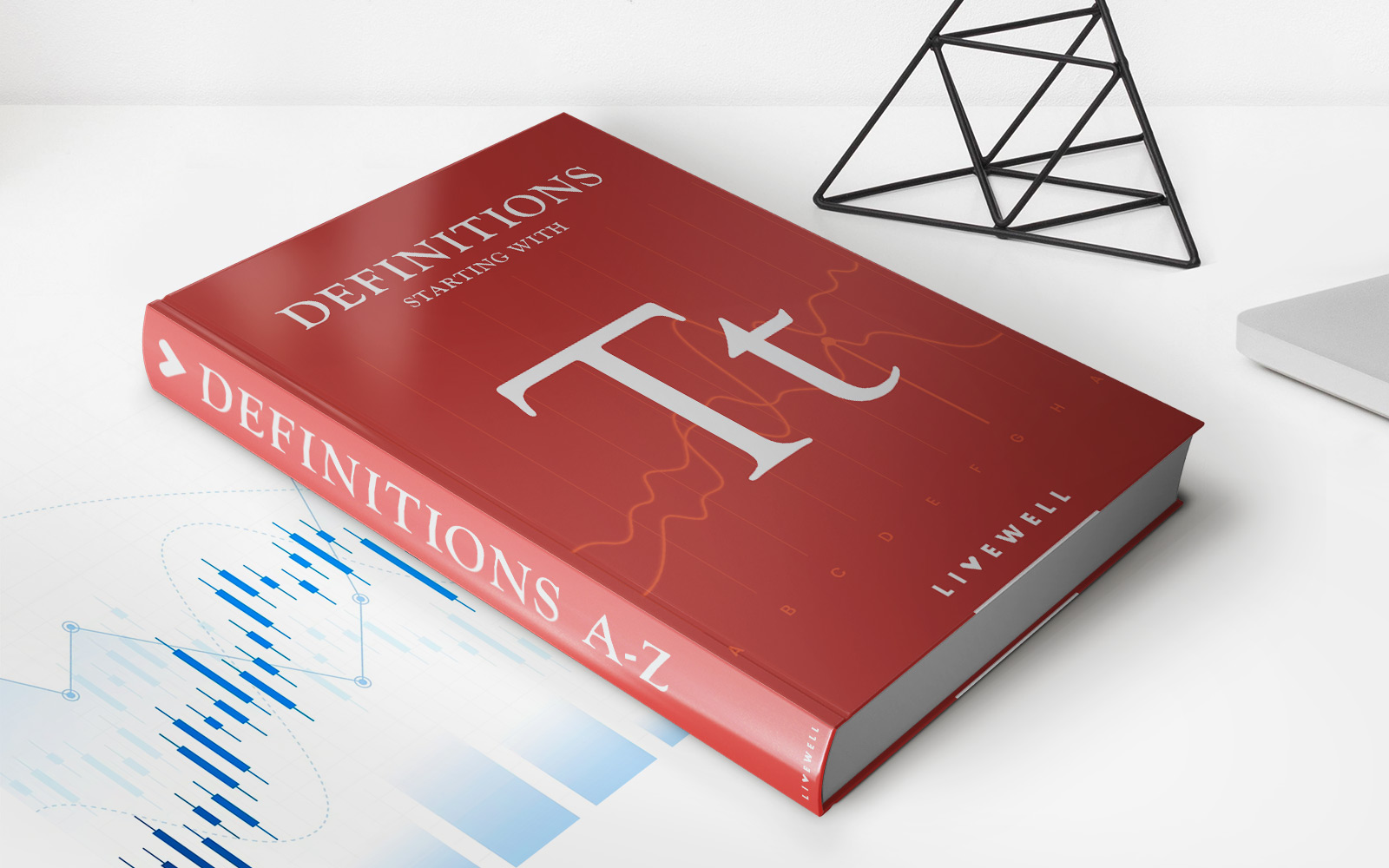Home>Finance>Managed Account: Definition And How It Works Vs. Mutual Funds
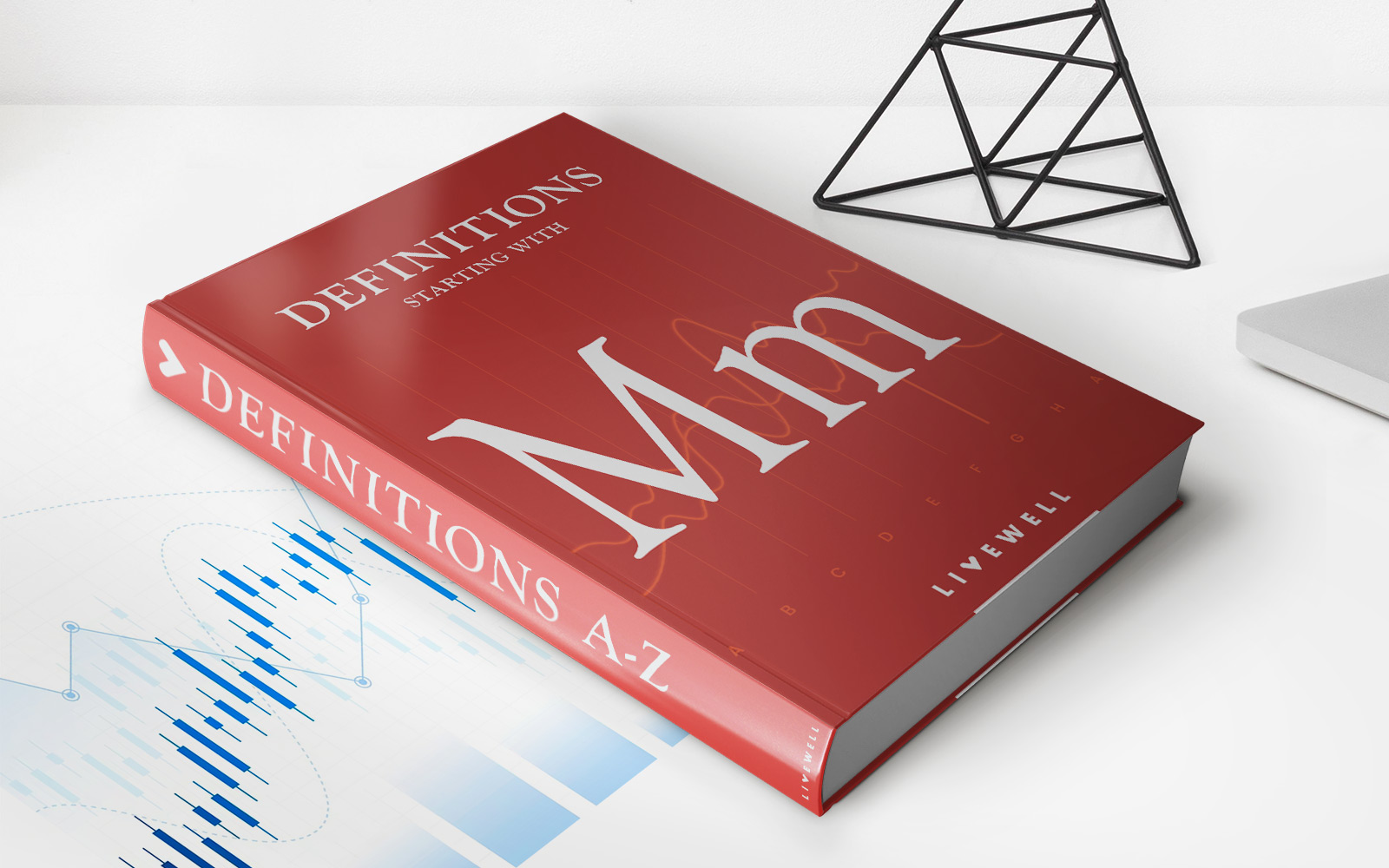

Finance
Managed Account: Definition And How It Works Vs. Mutual Funds
Modified: December 30, 2023
Learn about managed accounts and how they compare to mutual funds in the world of finance. Understanding the definition and working of managed accounts
(Many of the links in this article redirect to a specific reviewed product. Your purchase of these products through affiliate links helps to generate commission for LiveWell, at no extra cost. Learn more)
Unlock Your Financial Potential with Managed Accounts
When it comes to managing your wealth, there are a variety of options available, but have you ever heard of managed accounts? In this blog post, we will dive into managed accounts and explore how they work in comparison to mutual funds. By the end, you’ll have a clear understanding of managed accounts and why they are a valuable tool in your financial journey.
Key Takeaways:
- Managed accounts offer personalized investment strategies tailored to your financial goals.
- Unlike mutual funds, managed accounts provide direct ownership of individual securities.
What is a Managed Account?
A managed account is a personalized investment account that is managed by a professional financial advisor or investment manager. It offers individuals the opportunity to have their investments tailor-made to their specific financial goals, risk tolerance, and time horizon. Unlike mutual funds, where investors pool their money together to invest in a portfolio of securities, managed accounts provide direct ownership of individual securities.
Managed accounts are designed to cater to the unique needs of each investor and are typically more flexible than mutual funds. This flexibility allows the investment manager to make investment decisions in line with the investor’s objectives and adapt to changing market conditions.
How Does a Managed Account Work?
Managed accounts work by taking into account your financial goals, risk tolerance, and investment preferences. Here’s a step-by-step breakdown of how a managed account typically operates:
- Assessment: The first step is for you to meet with a financial advisor or investment manager. They will assess your financial situation, goals, and risk tolerance to understand your investment needs.
- Customized Investment Strategy: Based on your assessment, the advisor will create a personalized investment strategy that aligns with your goals. They will select individual securities, such as stocks, bonds, and other assets, to build your portfolio.
- Active Management: Once your managed account is set up, the investment manager will actively monitor and make investment decisions on your behalf. They will rebalance your portfolio as needed, selecting new investments or selling existing ones to ensure that your portfolio remains in line with your investment strategy.
- Regular Reporting: Your investment manager will provide regular reports on the performance of your managed account. You’ll receive updates on the investments made, changes made to your portfolio, and the overall performance of your account.
Managed Accounts vs. Mutual Funds: The Differences
While managed accounts and mutual funds are both investment vehicles, there are some key differences:
- Personalization: Managed accounts offer a higher level of personalization compared to mutual funds. With managed accounts, you have the ability to customize your portfolio to fit your goals and preferences. Mutual funds, on the other hand, have a pre-determined portfolio that is shared among all investors.
- Direct Ownership: Managed accounts provide direct ownership of individual securities, allowing you to have more control over your investments. In contrast, mutual funds pool investors’ money together to invest in a portfolio of securities, and each investor owns shares of the mutual fund, rather than owning the underlying securities directly.
- Fees: Managed accounts often have higher fees compared to mutual funds due to the personalized nature of the service. However, the fees associated with managed accounts may be offset by the potential for greater returns and the personalized investment strategies offered.
Ultimately, whether you choose a managed account or a mutual fund depends on your preferences, goals, and risk tolerance. Managed accounts provide a more tailored approach to investing, while mutual funds offer convenience and diversification.
The Choice is Yours
Now that you have a solid understanding of managed accounts and how they compare to mutual funds, you can make an informed decision about which investment option is right for you. Managed accounts offer personalized investment strategies and direct ownership of individual securities, providing you with more control over your financial future. Consider discussing managed accounts with a financial advisor to see if they align with your goals and investment preferences.
